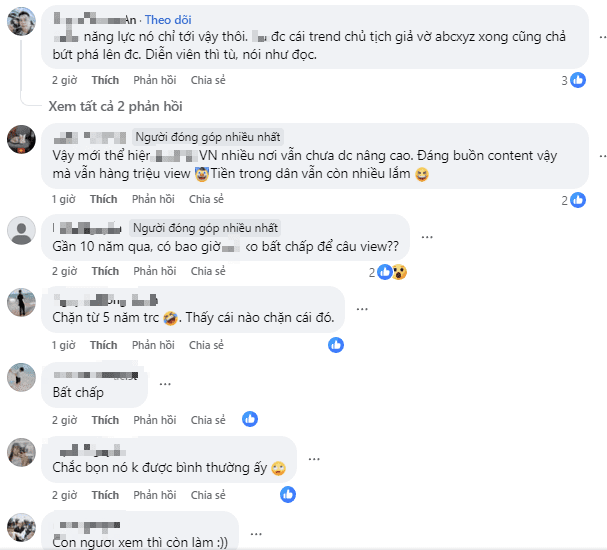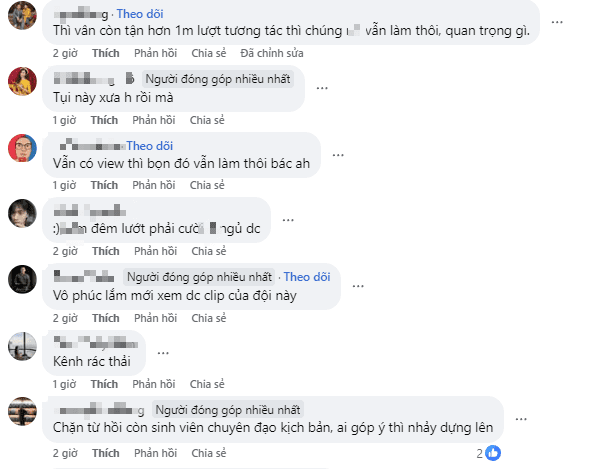Products from a Popular YouTuber Group
Emerging five years ago with short clips that highlighted the struggles of poverty, this group has captured significant attention. Their videos often dominate the trending tab of YouTube Vietnam, quickly attaining the coveted gold button with millions of subscribers.

Exploiting Controversial Themes
Recently, videos branded as “short films” have predominantly exploited themes such as infidelity, public disturbances, jealousy, social issues, and controversial topics. While many segments are rated as simplistic and filled with clichés, they also contain deeper societal critiques, such as class disparities and the focus on mental health, which resonates with audiences. The combination of these themes makes these products increasingly popular across social media platforms.
The “creative content” formula of this group involves using various techniques to catch the viewer’s attention rapidly. Each production aims to provoke strong reactions to ensure maximum engagement. Many clips have achieved hundreds of millions of views.

To generate engagement and increase interaction, the situations depicted are exaggerated to the extreme. However, the unrealistic portrayal of events often lacks cultural value or educational merit and can even be emotionally manipulative. On average, each video generates tens of thousands of interactions, yet viewer opinions often reflect dissatisfaction with such content.
Despite the backlash against controversial themes, these videos continue to be produced, widely shared, and remain prevalent in online discussions about why such content persists. Below are some comments from viewers:
“It’s sad; the content is like this yet still gets millions of views.”
“Disappointing. Yet viewers still engage.”
“This is trash content. But with over a million interactions, it still exists. What does it matter?”…


This still raises questions about the lack of quality control, as the video content frequently challenges young viewers, raising concerns about the negative impacts on the audience’s perceptions.





















